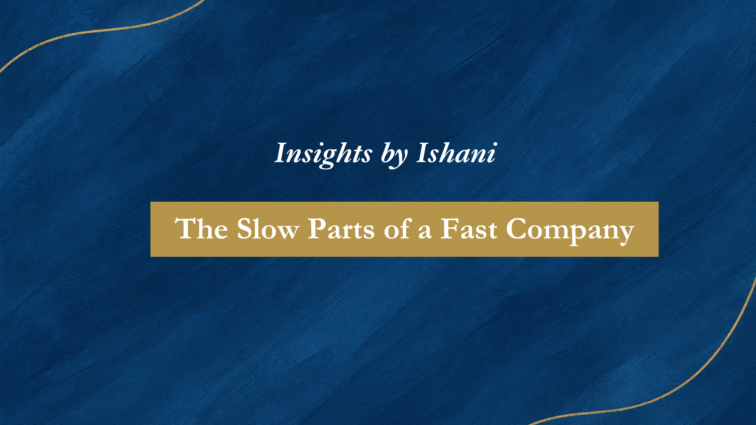The Slow Parts of a Fast Company : A lens for thinking about what should stay constant in fast-moving startups.
Startups operate in motion – fast cycles, evolving markets, constant pressure to adapt. Every part of the company is expected to move, iterate, and scale. However, not everything may be required to move at the same speed.
This is where the Lindy Effect becomes a useful mental model. The term originated from Lindy’s Deli in New York, where comedians observed that the longer someone had been performing, the longer they were likely to keep going. The idea was later expanded by Nassim Taleb, one of the most original thinkers on risk and time, who applied it more broadly: if something non-perishable has lasted a long time, it’s more likely to keep lasting because time has already filtered out what doesn’t endure.
In a startup, this idea shifts from prediction to design. It becomes a lens for deciding what deserves to last. Product features, growth channels, even business models may need to evolve. Certain elements, though, are better when consistent : values, decision-making principles, culture, and the operating philosophy. These act as internal anchors. Their role is not to slow the company down, but to make speed more sustainable.
For founders, Lindy thinking is not about resisting change. It is about identifying which parts of the business deserve to endure.
For investors, it offers a filter. One that brings focus to what still makes sense after the initial momentum fades.
Lindy is not a framework. It is simply a way of thinking. One that invites the question:
What in this company is designed to last?
Because over time, what lasts often becomes the reference point for everything that follows.

